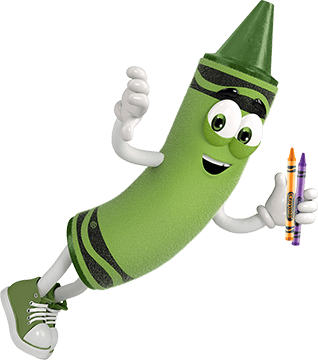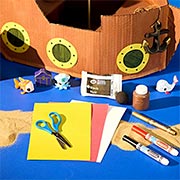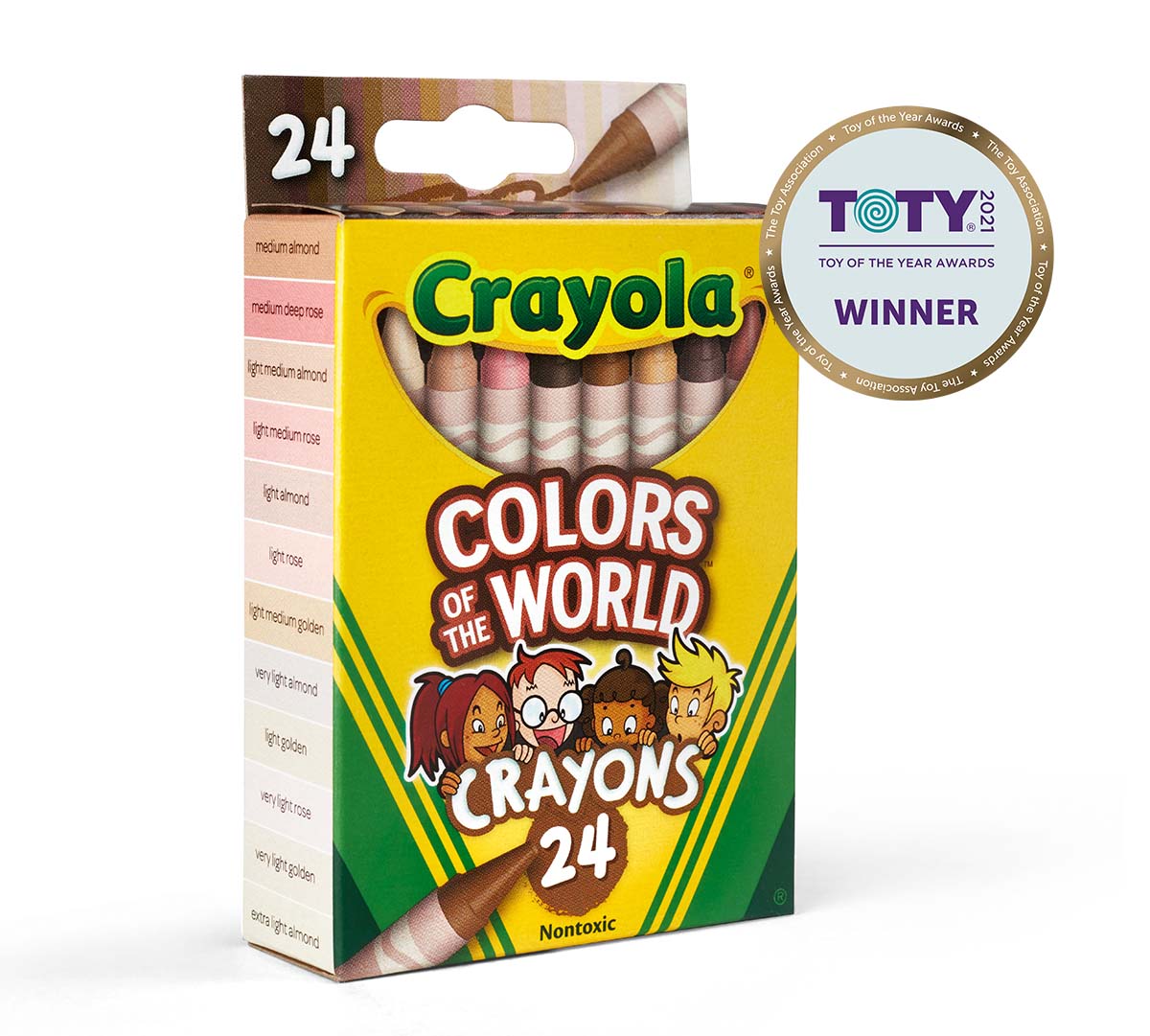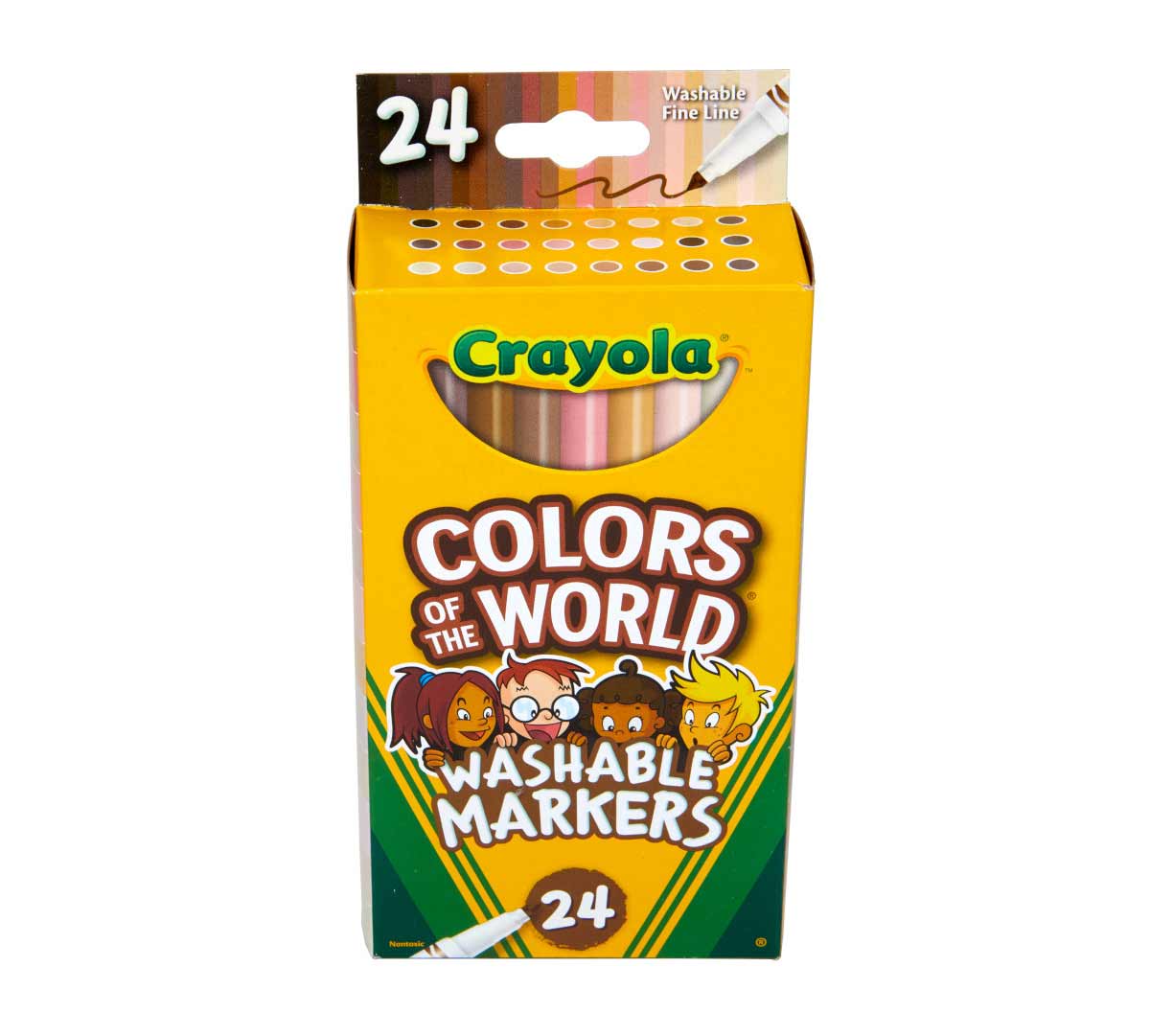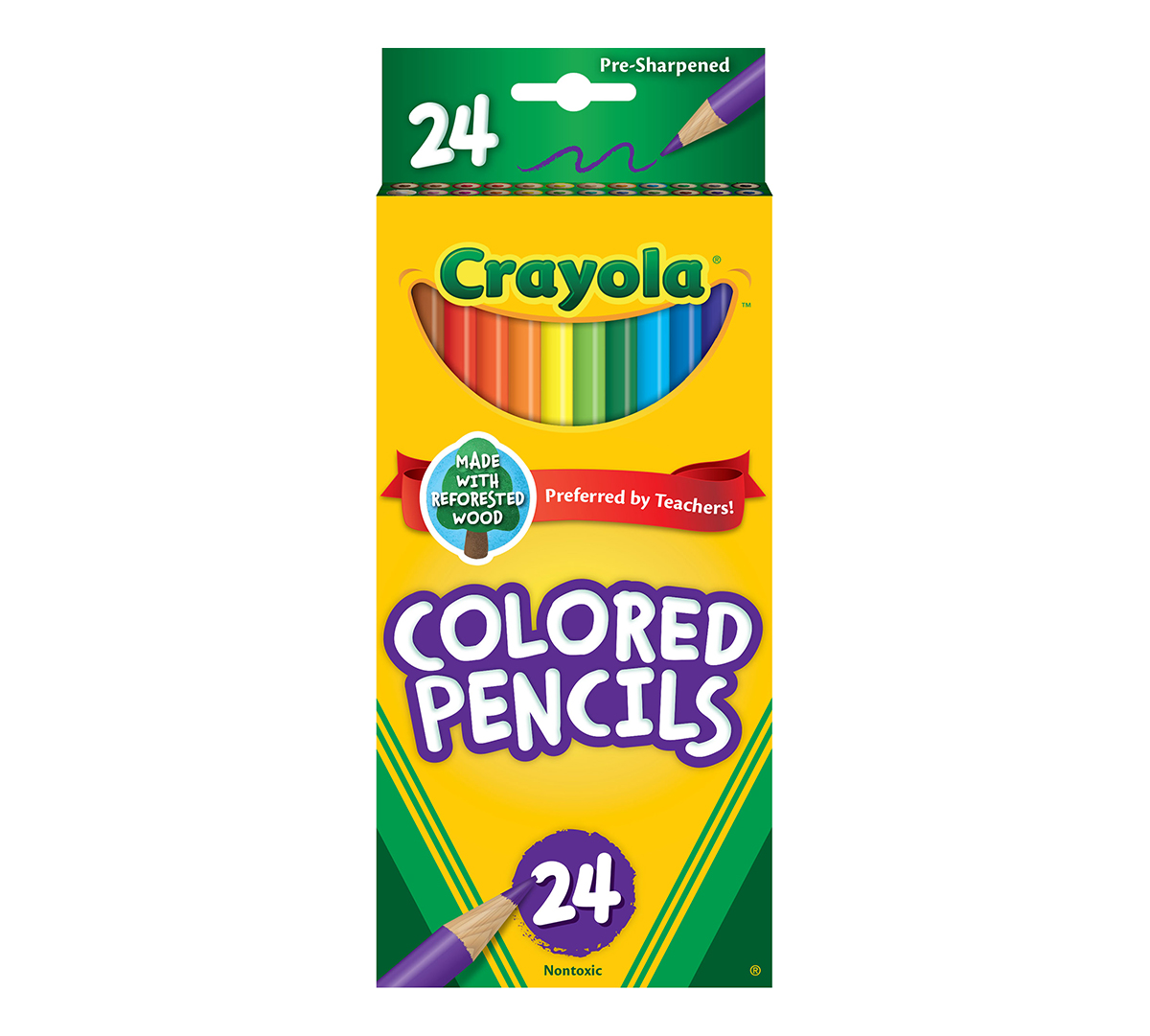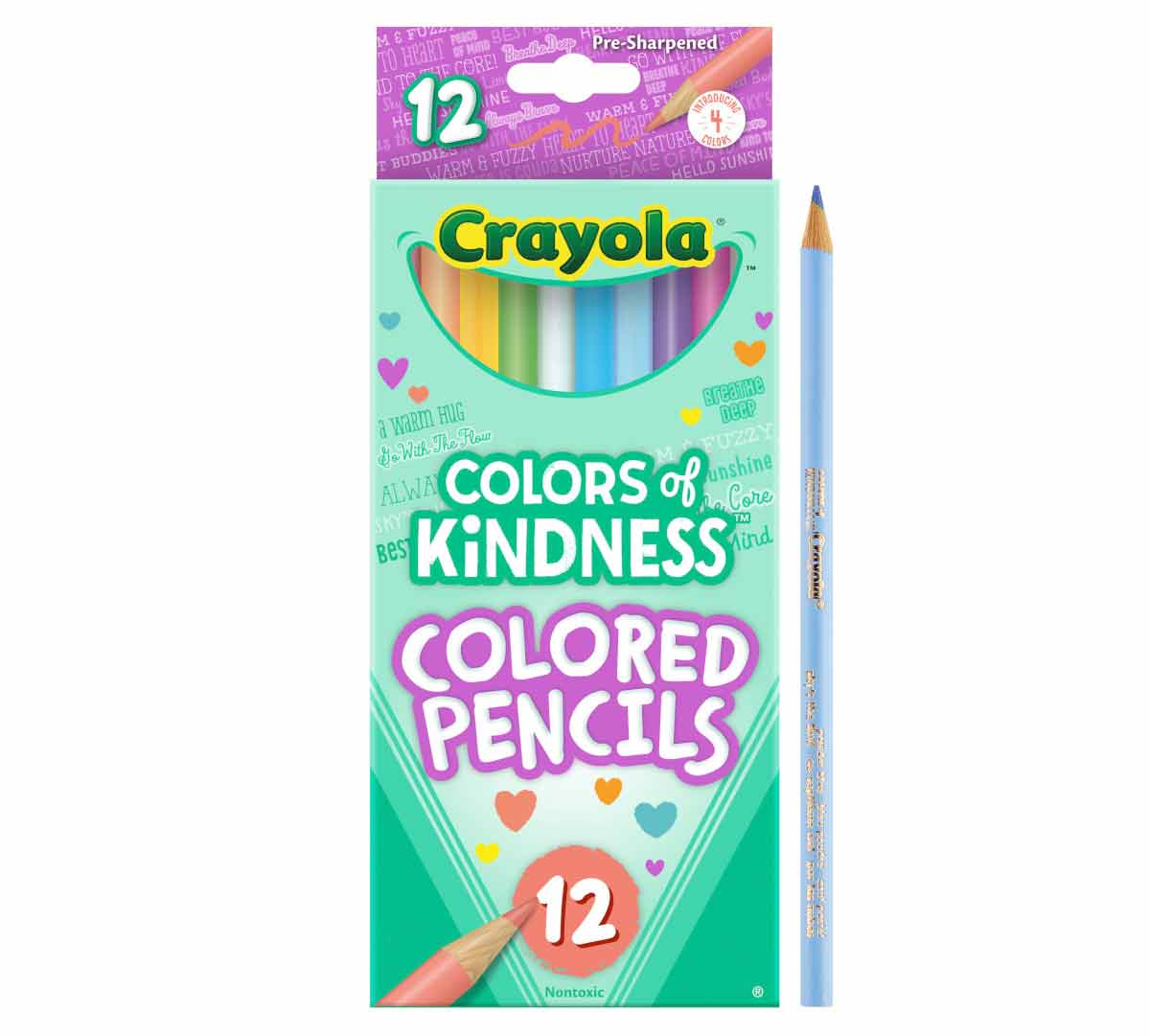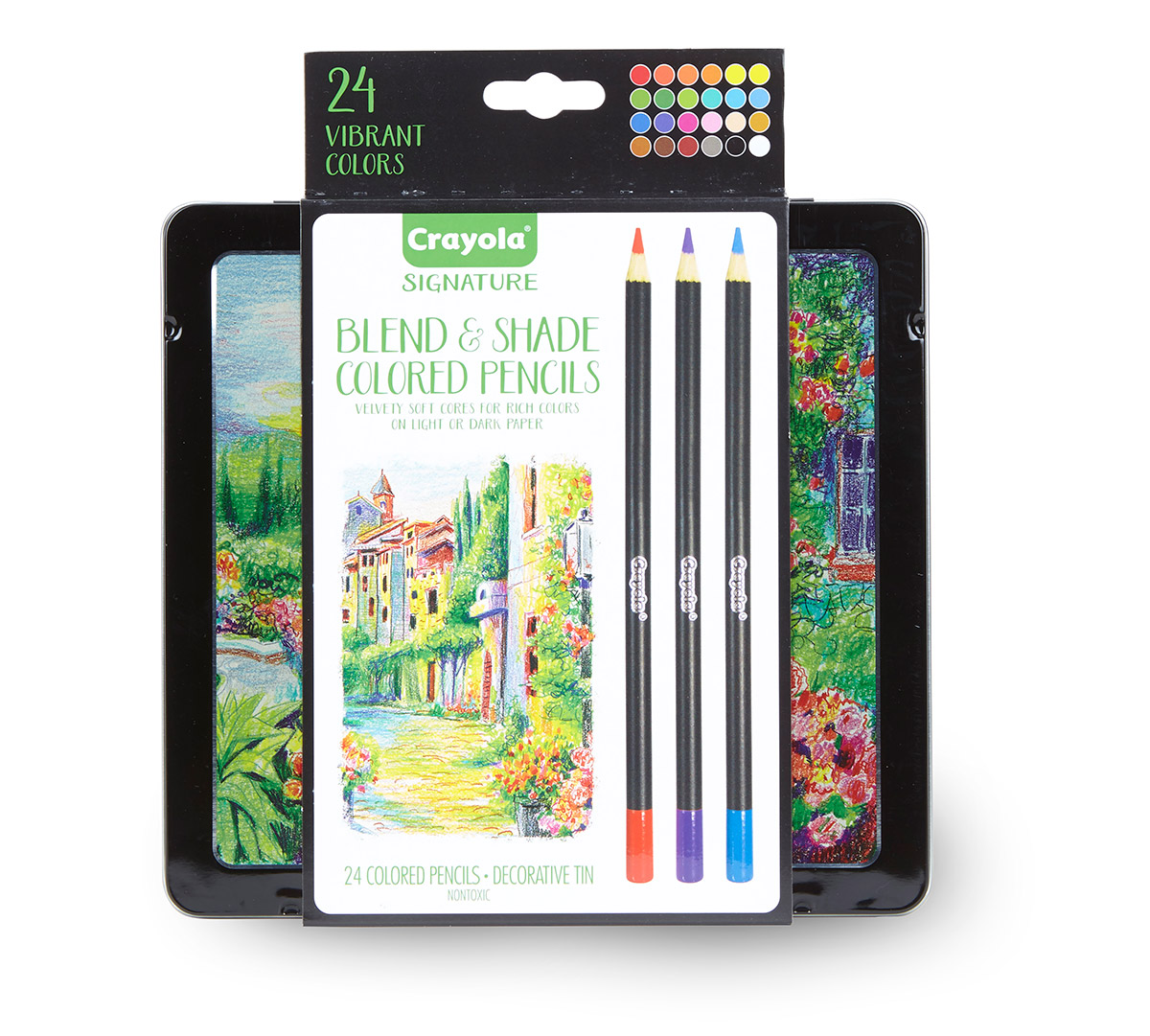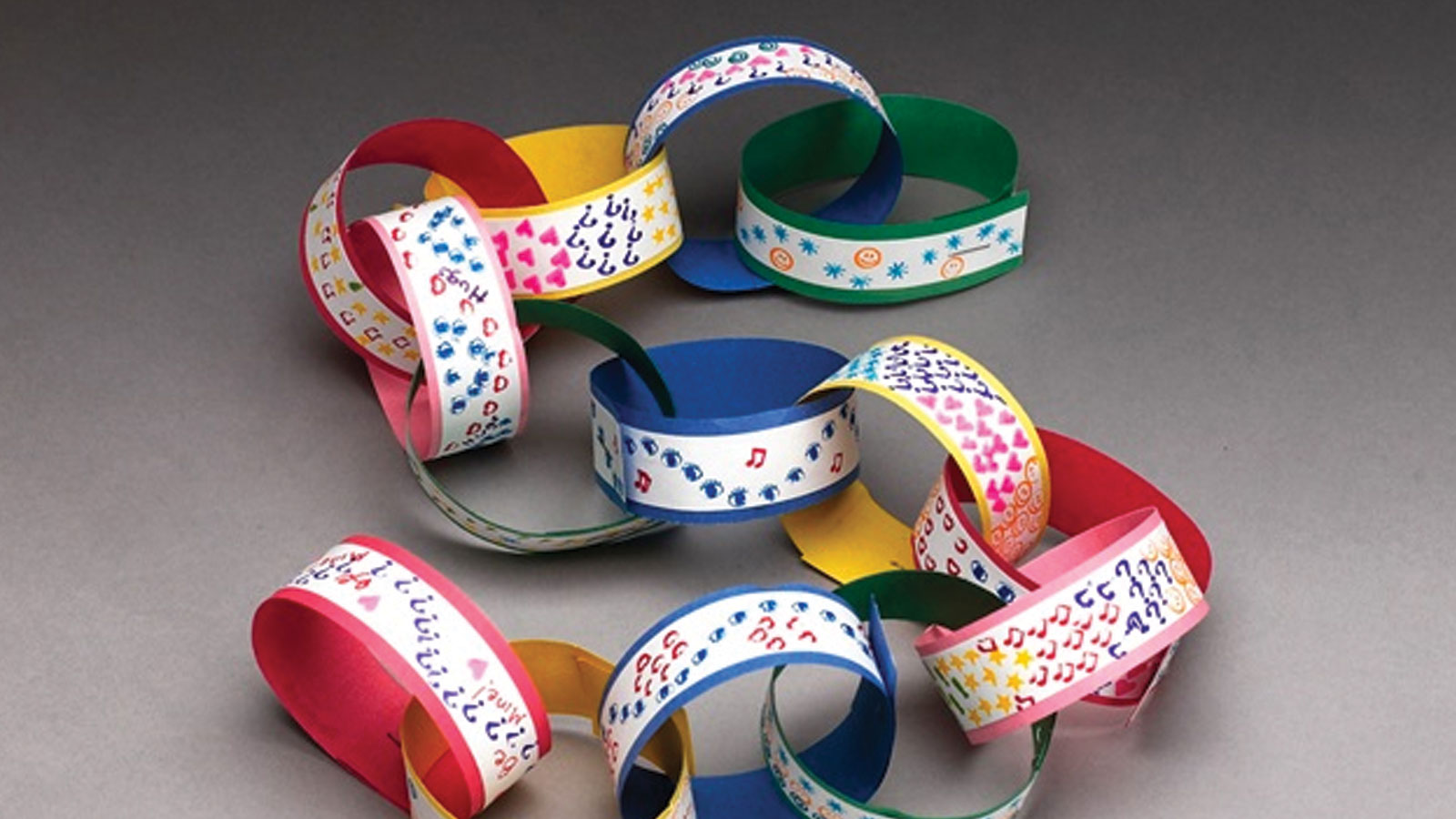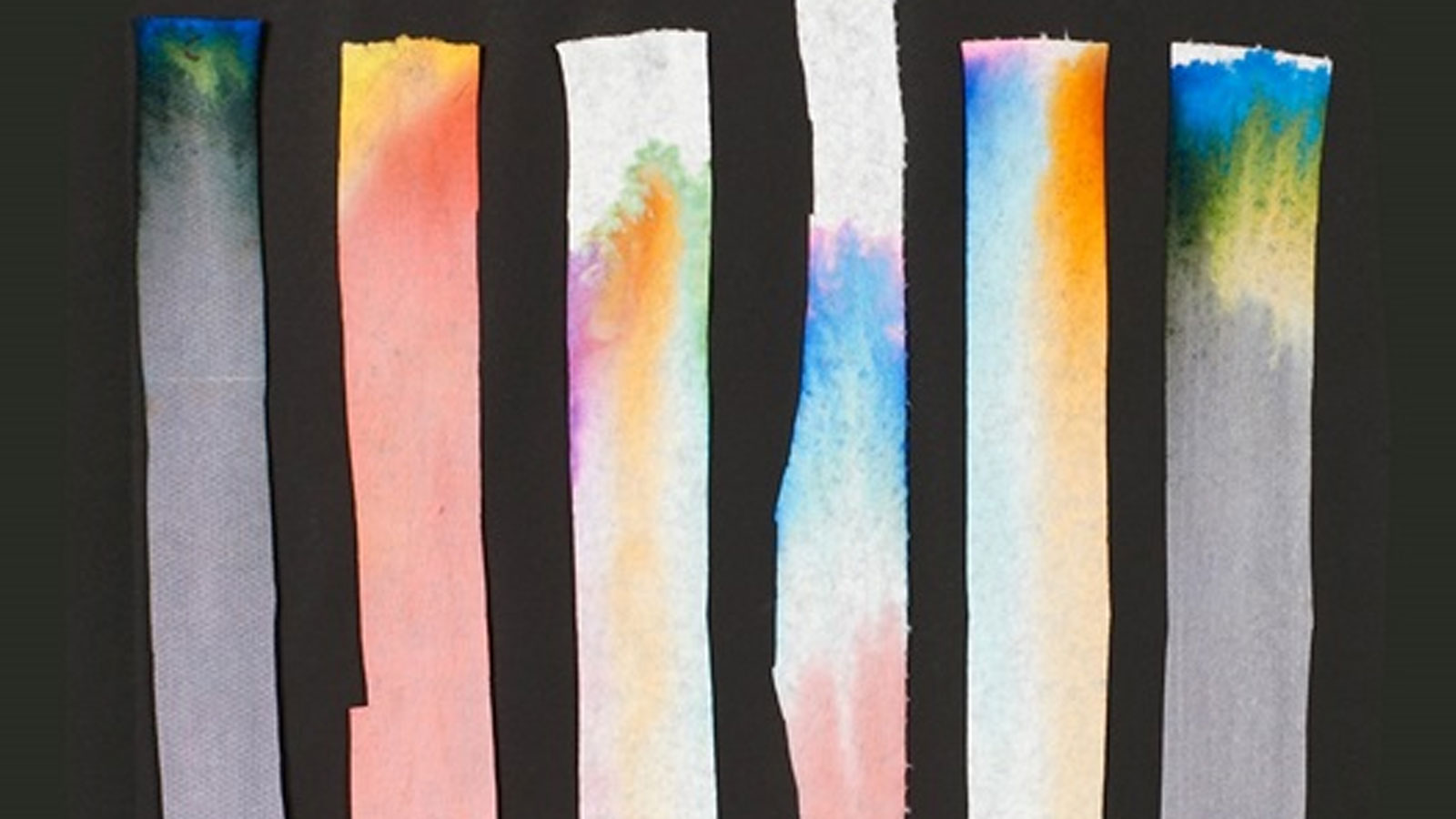Introduced in 1998, Crayola® offers a variety of colored pencil assortments that are the essential creative tool for kids or the art enthusiast. Crayola colored pencils are manufactured in Brazil, Costa Rica or Vietnam due to their high-volume manufacturing capabilities.
The process of making Crayola Colored Pencils begins in the forest. Seedlings, which are young trees, are planted in fields much like a farmer plants a crop. Seedling crops grow into trees which are eventually used to make wood casings for the pencils. After several years, the trees are harvested, cut into even lengths, stacked onto trucks and shipped to the sawmill. Then, a new crop of seedlings is planted to replace those which have been harvested.
At the sawmill, lumber arriving by the truckload is stacked in large piles and allowed to dry. Once dry, the lumber is fed into a bark stripping machine which removes all the bark from each piece of lumber. Next, the lumber goes through a series of milling machines which cuts the lumber into rectangular slats. These slats are about as long as a colored pencil and about three inches wide. The slats are the building blocks for the production of colored pencils.
The slats are then transported to the pencil making plant. Here they are fed into another milling machine which cuts small semicircular grooves at regular intervals down the length of each slat. These grooved slats are now ready to accept a colored pencil core.
To make a Crayola Colored Pencil core, you need four raw materials:
- Extenders - which make up the body of the lead.
- Binders - to hold the ingredients together.
- Pigment - which gives each type of colored pencil its unique color.
- Water – to mix all the ingredients.
First, the extenders, binders, pigments and water are placed in a large mixer which gently kneads them together into a uniform doughy substance. When the mixing is complete, the contents of the mixer are rolled into flat sheets. Finally, these sheets are machine-pressed into large, long solid cylinder shapes. These shapes are called cartridges.
Each cartridge, while still damp and pliable, is inserted into another machine called an extrusion press, where it is forced through a small tube. The tube has a diameter equal to that of a colored pencil core. As the long rope of wet colored core comes out, an automatic slicer cuts it into equal lengths approximately as long as a colored pencil. Since the leads are still quite moist, they must be dried in large ovens before they become hard enough to insert into the slats.
To assemble the pencils, half of the grooved slats are fed into a machine which carefully lays a colored pencil core into each groove. Then a layer of glue is applied, and a second grooved slat is placed on top of the slat holding the lead. Think of this as a pencil sandwich, with each slat acting like a piece of bread and the color cores acting like the filling.
These pencil sandwiches are then bound very tightly together and placed into storage to give the glue time to dry. Once the glue is dry, they are fed into another milling machine which cuts them into individual colored pencils. Depending on the design of colored pencils, they are cut into either round or hexagonal shapes.
Next, the pencils are fed into a machine to be painted with the same color paint as the colored core. The pencils run down a conveyor belt to allow the paint to dry. The painted pencils are then sent to a machine to be automatically sharpened.
Finally, brightly colored finished pencils are packed into boxes, which are shipped to neighborhood stores.
Crayola Colored Pencils are used by people of all ages for everything from crafts to professional artwork and school projects. Learn more about Crayola Colored Pencils products here.
